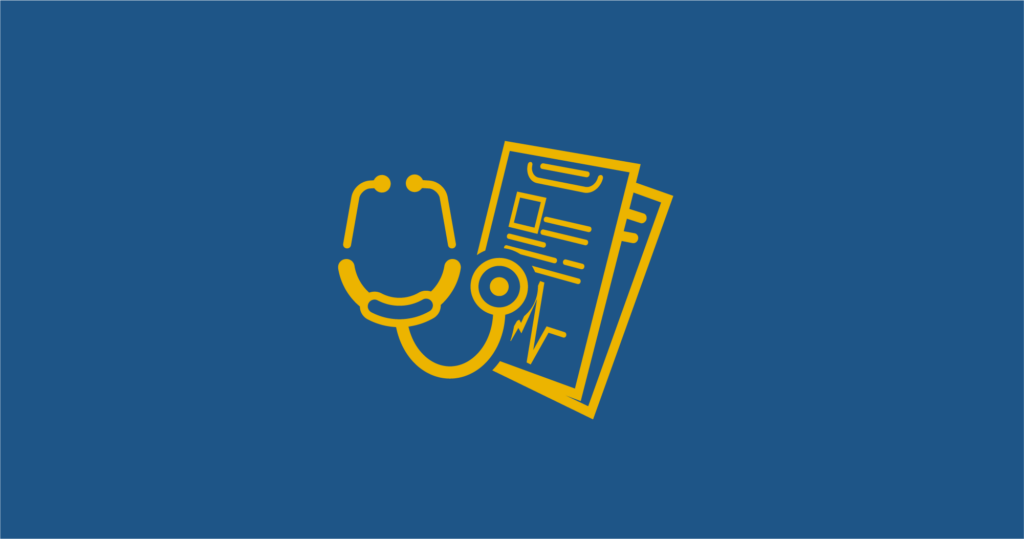Upcoming events – Winter 2023
Learn more about upcoming events and workshops that LGIS are taking part in.

Returning to work after a period of absence can be challenging for some people. These absences can be due to illness, psychosocial issues, injury at home, or a recreational injury. Some individuals will return to the workplace without any need for additional support; however for some, making the transition back to work can be very challenging.
At the moment it takes about 36 days for injured workers to return. We know that the longer a worker is away from work the less likely they are to return at all.
As a manager or supervisor, there are some key things you can do to influence the transition back to work. The biggest area of influence is communication; make sure you keep in contact with the worker when they’re away.
Connecting on a personal level is important; so don’t make the communication only about getting a certificate or confirming how long they will be away from work.
Learn more about upcoming events and workshops that LGIS are taking part in.
Treadmill desks have become a topic of increased curiosity; they’re all over social media with millions of views, especially after the work from home culture kicked in.
Having fitness for work conversations can be confronting and challenging for both leaders and workers as they may involve questions of personal health (mental or physical), uncertain outcomes, sensitive topics and strong emotions. As challenging as they are, they are a vital tool for effective people management.
The Royal Australasian College of Physicians Australasian Faculty of Occupational and Environmental Medicine launched a position statement in 2013, outlining the fundamental premise behind the question, ‘What is Good Work?’. They identified four domains of good work by design:
a. Aware managers, but not necessarily aware employees, who manage change effectively, focusing on mental and psychological wellbeing, security and life balance;
b. Clear and realistic performance indicators to guide and acknowledge the efforts of the worker;
c. Use of hard and transparent ‘people productivity metrics’; and
d. Matching ‘the work’ to the ‘individual’.
Identifying suitable work options once the worker can start returning to work can be a challenge, but before you ‘call in help’ from an external expert, you should consider the following:
Let the member know who needs to be updated after a review with their doctor or needs an updated medical certificates. Appointments should be scheduled outside work hours. Keep the relevant people updated on return-to-work arrangements.
If you’ve doing all this, and feel like things are still not working, talk to a workplace rehabilitation provider. They are experts in assisting people back to work and overcoming barriers to work participation.
Naomi Goods, an occupational therapist by profession, shared her insights about the step by step process on how to return to work. Naomi is the WA manager for Star Injury Management, a Workplace Rehabilitation Provider. She has over 13 years’ experience working in workplace health, injury management and injury prevention.
To know more about the return to work process, please get in touch with the LGIS injury management team at [email protected].

Local governments face a range of challenges when managing their people, avoiding injury and reducing workers’ compensation claims. Like many industries, the sector is managing an ageing workforce and an increase in chronic issues such as obesity, heart disease, and mental illness.

A major return to work barrier, following a long absence due to an injury or health concern, is a worker’s ability to keep up with the
physical demands of the role. Every job role has a unique footprint that requires different physical and cognitive capabilities.

Businesses worldwide are experiencing the effects of the highest inflation rate in a
generation. WA local governments need to consider inflationary pressures when valuing both their property and motor assets so that they can be confident that if disaster strikes, your protection will be adequate to appropriately respond.
LGIS is the unifying name for the dedicated suite of risk financing and management services for WA local governments, established by the WA Local Government Association in conjunction with JLT Public Sector (part of the Marsh group of companies). LGIS is managed by JLT Public Sector (ABN 69 009 098 864 AFS Licence 226827).
Risk Matters, via this website, is designed to keep members, their staff and elected members informed on topical risk management and insurance issues and LGIS programs and services.